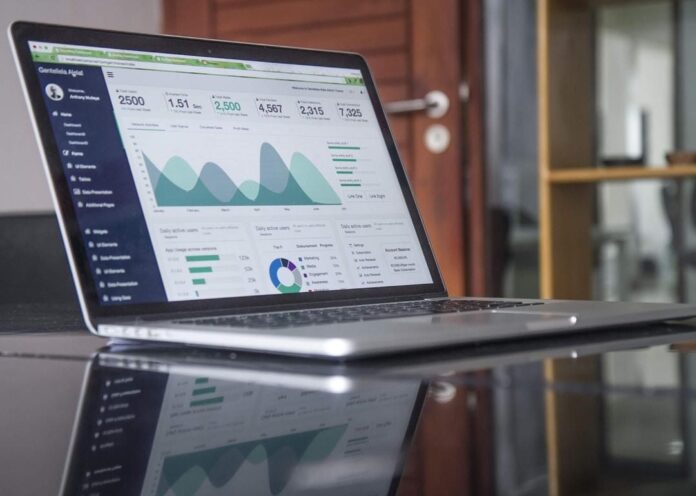
Having a proper master data management system in place can do wonders for an organization, no matter what the size. By having an understanding of data sources and proper data analysis, business decisions can be made with better evidence and in a quicker fashion than ever before. By looking into the capabilities of warehousing data, an operating system can be implemented that can deliver insights through just about any query in a mountain of information.
Understanding Data Warehouses
If you are looking into a better method for your business process, you may want to start by Googling “what is a data warehouse?” A logical data warehouse, or LDW, is a data management architecture in which an architectural layer sits on top of a traditional data warehouse. This enables access to multiple data sources while appearing as one “logical” data source to business users. It’s an analytical structure that optimizes traditional sources like databases and data lakes, along with other applications and cloud systems to meet every analytics use case.
A logical data warehouse is being seen at the next generation of analytics to meet companies growing data management needs. By combining multiple engines and source systems, logical warehouse components can be combined in one place logically instead of physically for a competitive advantage. A modern LDW has advanced to support an operational database and other data platforms. This helps businesses digitally reinvent themselves with the help of real-time streaming analytics. This will optimize operations with data-driven decision support.
Characteristics of a Logical Data Warehouse
The logical data warehouse has been ever evolving over the past decade or so. The fundamental purpose is unchanged, but key characters have adapted to changing enterprise requirements. Modern LDW tools usually include application access through a single interface within an existing enterprise data warehouse. These warehouses contain one or more data lakes as repositories for use of an operational data store. This will make for ensuring consistency with data marts within this business data. This also sets metadata and more transparent governance policies throughout data sets.
Almost any business could benefit from intertwining all of their data sets and allowing for access across the organization for better analysis and decision making. Logical data warehouses pave the way for risk management, safely and securely adapting information from data analytics. This allows for easier monitoring of KPIs, and a more in-depth look into the results that analysts evaluate to make business decisions. Data mining and self-service analytics modernize a data warehouse solution that makes companies equipped from personal interface to artificial intelligence capabilities.
Benefits of Data Warehouses
The benefits of a logical data warehouse start with allowing companies to meet ever-evolving requirements in different use cases while taking advantage of existing investments in physical approaches like data marts and data lakes. This allows businesses to meet all of their varying analytics requirements. This includes different components of business data that are not mutually exclusive and can actually complement a strategic data management approach. Data warehousing ensures flexibility in business strategy, discovering key differences that shift markets through a specific application.
This modernizes the approach that different users will take to handling data security and availability, allowing for cached queries that inspire different ways to address decisions based on the limited scope of information needed. That allows for a quick turnaround on the best ways to forward a business. Data warehouses empower consumers to delve into historical data while reflecting on real-time changes for better predictive analytics. This takes information from different groups and encompasses all of the facts for a particular purpose. These computer systems will pave the way for any sector of industry to build for the future.
















